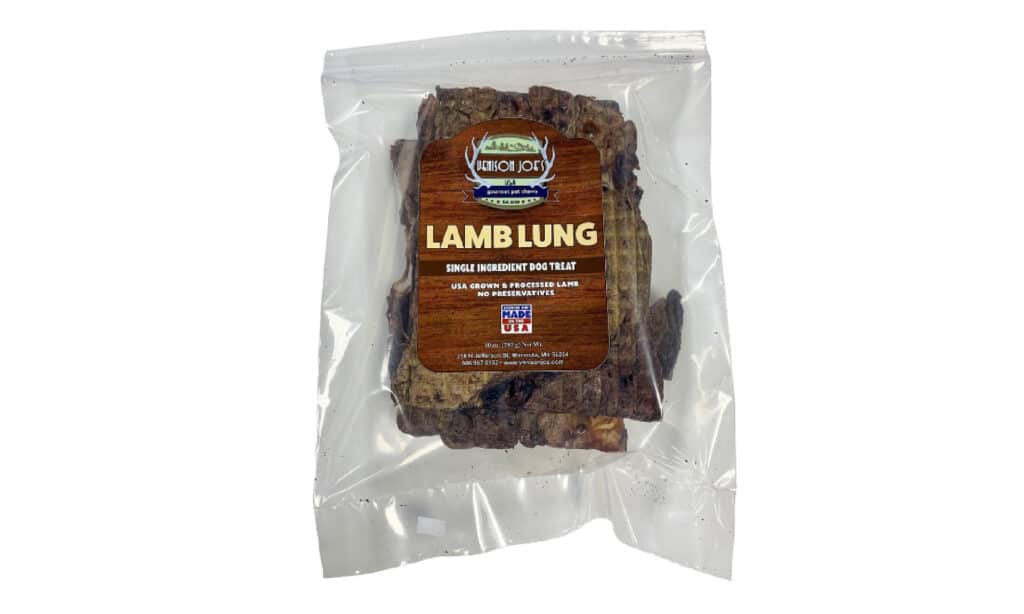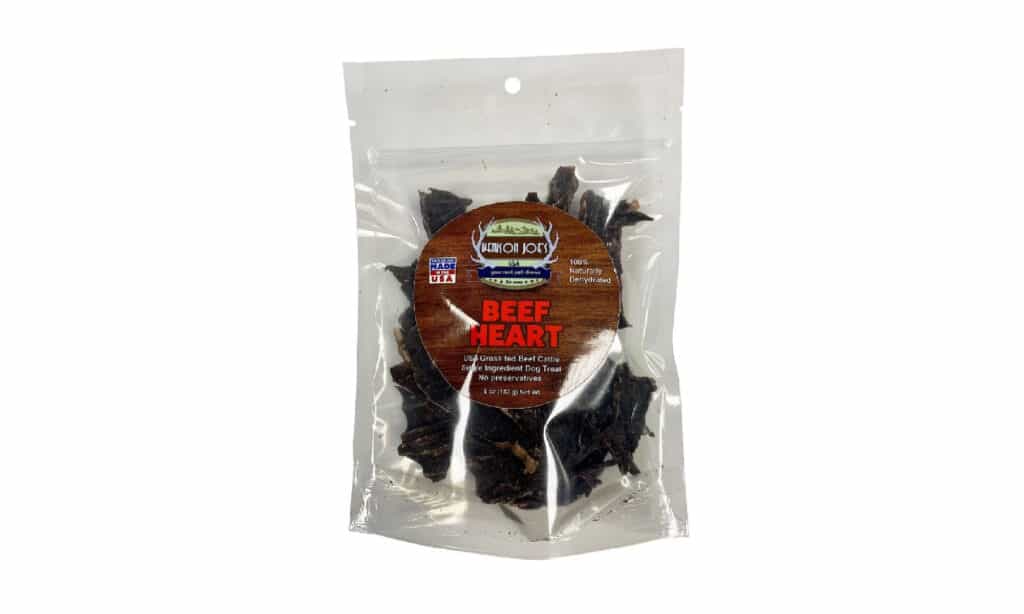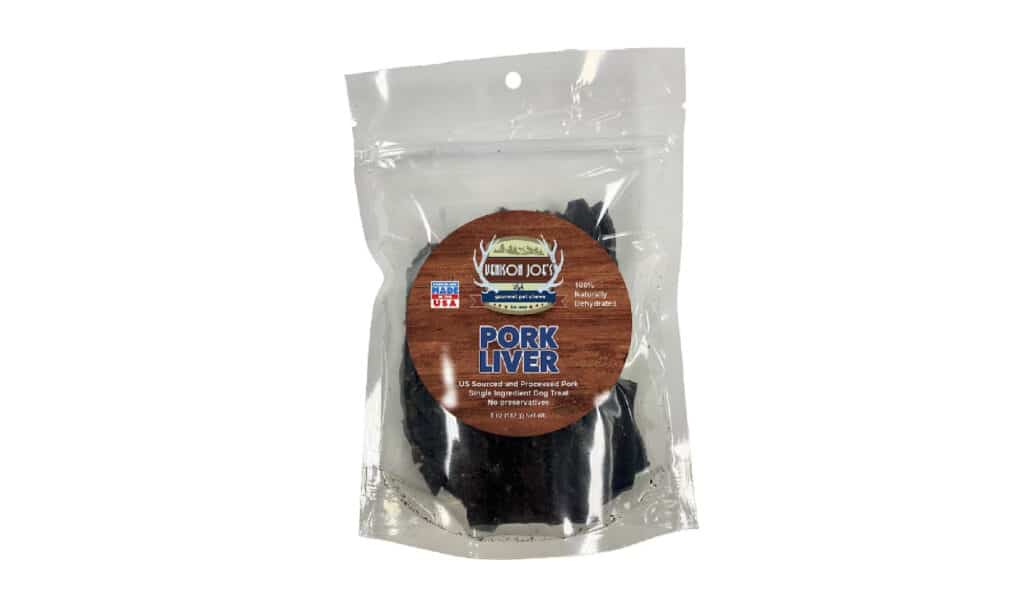As a dog owner, you’re always looking for ways to keep your furry friend healthy and happy. And since meatballs are a favorite dish for many people, you might be wondering if your dog can join in on the fun. After all, dogs are known for their love of meat, so it seems like a natural fit, right? But before you start sharing your meatballs with your pup, it’s important to consider whether it’s safe and healthy for them to eat this human food. In this blog post, we’ll take a closer look at the question of whether dogs can eat meatballs and what you need to know to keep your dog healthy and happy.

What Are Meatballs?
Meatballs are a type of food made from ground meat, typically beef, pork, or a combination of the two, mixed with seasonings and sometimes other ingredients like breadcrumbs, eggs, and herbs. The mixture is rolled into small, bite-sized balls and cooked by frying, baking, or simmering in a sauce. Meatballs are a popular dish in many cuisines around the world, from Italian spaghetti and meatballs to Swedish meatballs served with lingonberry sauce. They can be eaten on their own as a snack or appetizer, or as a main course served with pasta, rice, or vegetables. While meatballs are a human food, some dog owners may wonder if it’s safe for their furry friends to eat them too.
Can Dogs Have Meatballs?
When it comes to feeding your dog, it’s important to know which human foods are safe and which ones can be harmful to their health. So, can dogs have meatballs? The answer is: it depends. While plain, cooked meatballs made from high-quality ingredients can be a tasty and nutritious addition to your dog’s diet, some types of meatballs are not safe for dogs to eat.
Meatballs that contain onions, garlic, or other seasonings that are toxic to dogs should be avoided. Additionally, meatballs that are high in fat or salt can cause digestive upset or even lead to more serious health issues like pancreatitis.
If you want to give your dog meatballs as a treat or part of their regular diet, it’s best to make them yourself using lean, unseasoned ground meat and avoid adding any harmful ingredients. You can also consult with your veterinarian to make sure that meatballs are a suitable food for your dog based on their individual health needs and dietary restrictions.
Remember, while it can be tempting to share your human food with your furry friend, it’s important to prioritize their health and safety and only offer them foods that are appropriate for their specific needs.
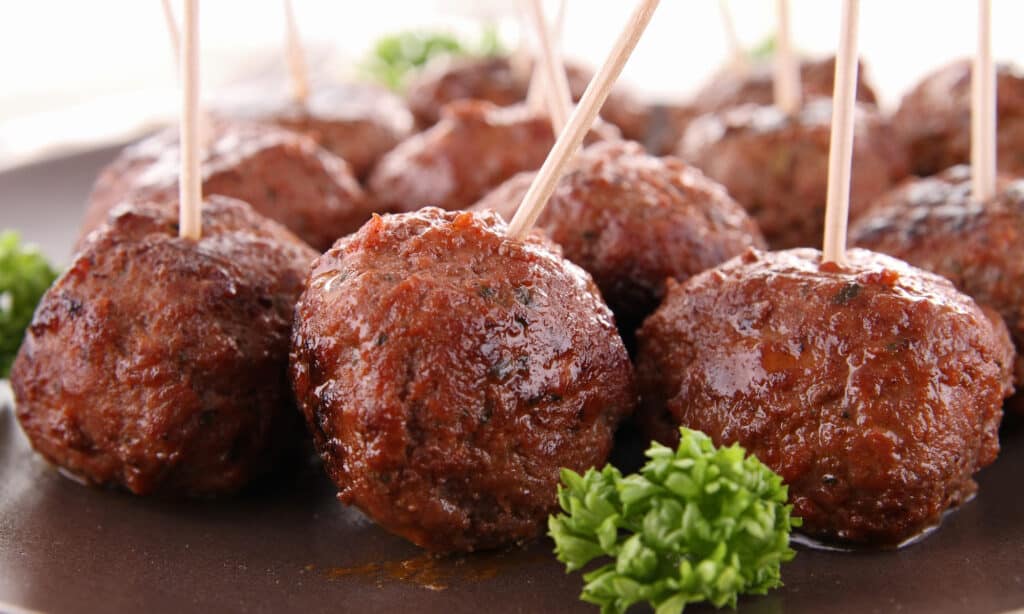
Harmful Ingredients in Meatballs:
While plain, cooked meatballs made from high-quality ingredients can be a tasty and nutritious addition to your dog’s diet, certain ingredients commonly found in meatballs can be harmful to dogs. Here are some examples:
- Onions and Garlic: These ingredients are toxic to dogs and can cause damage to their red blood cells, leading to anemia. Even small amounts of onions or garlic can be dangerous, so it’s best to avoid any meatballs that contain these ingredients.
- Salt: Meatballs that are high in salt can cause your dog to become dehydrated, leading to excessive thirst and urination. In severe cases, salt poisoning can cause seizures, vomiting, and even death.
- Fat: Meatballs that are high in fat can be difficult for your dog to digest and may cause diarrhea, vomiting, or even pancreatitis, a serious condition that can require hospitalization.
- Bread Crumbs: Breaded meatballs can be high in carbs, causing weight gain and health problems in some dogs.
- Spices and Seasonings: Seasoned meatballs can contain harmful ingredients to dogs such as chili powder, paprika, or rosemary.
Overall, it’s best to stick to plain, unseasoned meatballs made from high-quality ingredients to ensure your dog stays healthy and happy.
Safe Ingredients in Meatballs:
If you want to treat your dog to some meatballs, it’s important to choose ingredients that are safe and healthy for them. Here are some examples of ingredients you can use to make safe and nutritious meatballs for your furry friend:
- Lean Meat: Choose high-quality lean meat such as ground beef, turkey, or chicken as the main ingredient in your meatballs. Avoid fatty meat, as it’s hard to digest and can cause health issues for your dog.
- Vegetables: Add veggies like carrots or sweet potato to meatballs for dogs to boost fiber and vitamins. Just make sure to avoid any vegetables that are toxic to dogs, such as onions, garlic, or avocado.
- Eggs: Egg in meatball mix binds ingredients, adds protein to your dog’s diet.
- Oats: Oats are a good source of fiber and can help keep your dog’s digestive system healthy. You can add a small amount of rolled oats to your meatball mixture as a healthy filler.
- Herbs: Herbs like parsley and basil add nutrition and flavor to meatballs without harming dogs. Just be sure to avoid any herbs that can be toxic to dogs, such as thyme or sage.
By using these safe and healthy ingredients, you can make delicious meatballs that your dog can enjoy as a treat or part of their regular diet.
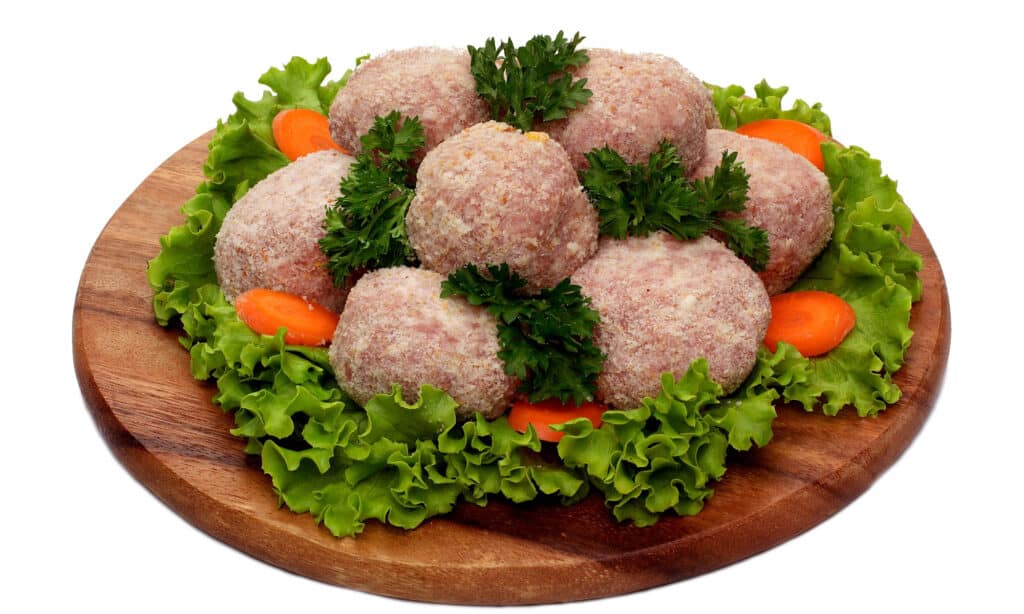
What Signs To Watch For If Your Dog Accidentally Ate A Lot of Meatballs?
If your dog accidentally eats a lot of meatballs or meatballs that contain harmful ingredients, it’s important to watch for signs of potential health issues. Here are some common symptoms to watch for:
- Vomiting: If your dog eats something that doesn’t agree with their stomach, they may vomit to expel the substance. If your dog vomits more than once or if the vomit contains blood or bile, contact your veterinarian.
- Diarrhea: Eating something that’s not part of their regular diet can upset your dog’s digestive system and cause diarrhea. If your dog has diarrhea that lasts for more than a day or that contains blood, contact your veterinarian.
- Loss of appetite: Loss of appetite or thirst in dogs may signal gastrointestinal distress or a serious health problem.If your dog refuses food or water for more than 24 hours, contact your veterinarian.
- Lethargy: If your dog seems unusually tired or sluggish, it may be a sign that they’re not feeling well. If your dog is lethargic for more than a day or if they’re also exhibiting other symptoms, contact your veterinarian.
- Abdominal pain: If your dog is experiencing abdominal pain, they may whine, whimper, or pant excessively. They may also appear to be hunched over or uncomfortable.
If you notice any of these symptoms or if your dog appears to be in distress, contact your veterinarian immediately. Depending on the severity of the symptoms, your veterinarian may recommend bringing your dog in for an examination or treatment.
When or If You Should Go To The Vet?
If you suspect that your dog has eaten a lot of meatballs or meatballs containing harmful ingredients, it’s important to keep a close eye on them and watch for any signs of potential health issues. Err on caution & contact vet if your dog shows listed symptoms.
In some cases, your veterinarian may recommend bringing your dog in for an examination or treatment. Depending on the severity of the symptoms, they may advise you to monitor your dog at home or bring them in for immediate treatment.
If you’re not sure whether your dog needs to see a veterinarian, it’s always better to be safe than sorry. Your veterinarian can help you determine whether your dog needs treatment and can provide you with guidance on how to manage any symptoms at home.
Remember, prevention is key. To avoid any potential issues, it’s best to only feed your dog meatballs made from safe, high-quality ingredients in moderate amounts. And always keep harmful ingredients like onions and garlic out of your dog’s reach. By taking these precautions, you can help keep your furry friend healthy and happy.

Safe Dog-Friendly Alternative to Meatballs:
If you’re looking for a dog-friendly alternative to meatballs, there are plenty of safe and nutritious options to choose from. Here are some ideas:
- Homemade Dog Treats: DIY dog treats = healthy and tasty snacks for your furry friend. Make homemade dog treats using peanut butter, sweet potato, and pumpkin. Recipes are available online for tasty and nutritious options.
- Carrots: Carrots are a low-calorie, fiber-rich snack that many dogs enjoy. You can cut them into bite-sized pieces and offer them as a healthy treat throughout the day.
- Green Beans: Green beans are another low-calorie, fiber-rich snack that can help keep your dog feeling full and satisfied. Steam or blanch and give as snack or mix in regular meals for your dog
- Lean Meat: Choose lean chicken, turkey, or beef for your dog’s meaty treats. You can cook the meat and cut it into small pieces for a tasty and nutritious snack.
- Freeze-Dried Meat: Freeze-dried meat treats are a convenient and healthy option that many dogs enjoy. They’re made from high-quality, human-grade meat that has been freeze-dried to lock in nutrients and flavor.
By choosing safe and healthy alternatives to meatballs, you can provide your dog with tasty and nutritious snacks without risking their health. Just remember to introduce new foods slowly and in moderation to avoid any digestive upset or food sensitivities.

Recipe For Healthy Meatballs for Dogs
Here’s a simple and dog-friendly meatball recipe:
Ingredients:
- 1 pound lean ground beef
- 1/2 cup cooked and mashed sweet potato
- 1/4 cup finely chopped carrots
- 1 egg
- 1/4 cup rolled oats
- 1/4 teaspoon dried parsley
Instructions:
- Preheat your oven to 350°F (175°C).
- In a large mixing bowl, combine the ground beef, mashed sweet potato, chopped carrots, egg, rolled oats, and dried parsley. Mix well until all ingredients are fully incorporated.
- Using your hands, shape the mixture into small, bite-sized meatballs.
- Place the meatballs on a baking sheet lined with parchment paper.
- Bake for 20-25 minutes or until the meatballs are cooked through and lightly browned on the outside.
- Let the meatballs cool before serving to your furry friend.
This recipe makes approximately 20-25 meatballs, depending on the size. You can store any leftover meatballs in an airtight container in the fridge for up to 5 days or in the freezer for up to 3 months.
Healthy Store-Bought Options:
As a responsible dog owner, it’s important to prioritize your furry friend’s health and safety when it comes to their diet. While meatballs can be a tasty and convenient human food, it’s important to be mindful of the potential risks and to only feed your dog meatballs made from safe and nutritious ingredients.
If you do decide to give your dog meatballs as a treat or part of their regular diet, make sure to avoid any harmful ingredients like onions and garlic, and choose lean meats and healthy fillers like vegetables and oats. And always keep an eye on your dog for any signs of potential health issues, such as vomiting or diarrhea.
Remember, there are many safe and healthy alternatives to meatballs that you can offer your dog, from homemade treats to lean meats and vegetables. By prioritizing your dog’s health and making informed choices about their diet, you can help ensure that they live a long, happy, and healthy life by your side.
~ Lindsie

